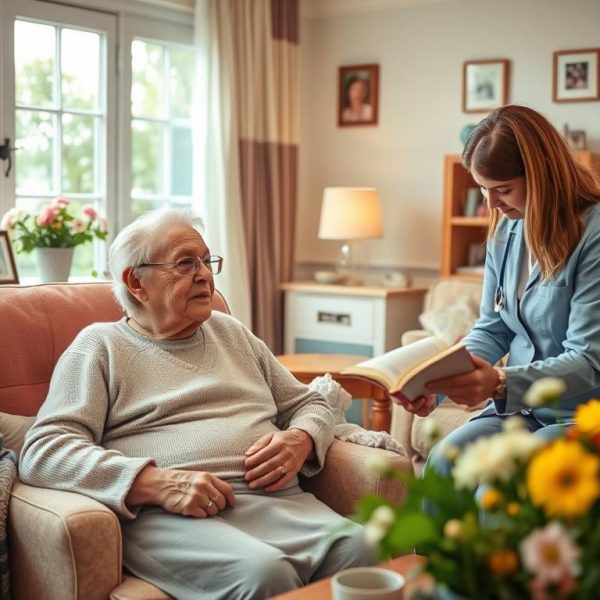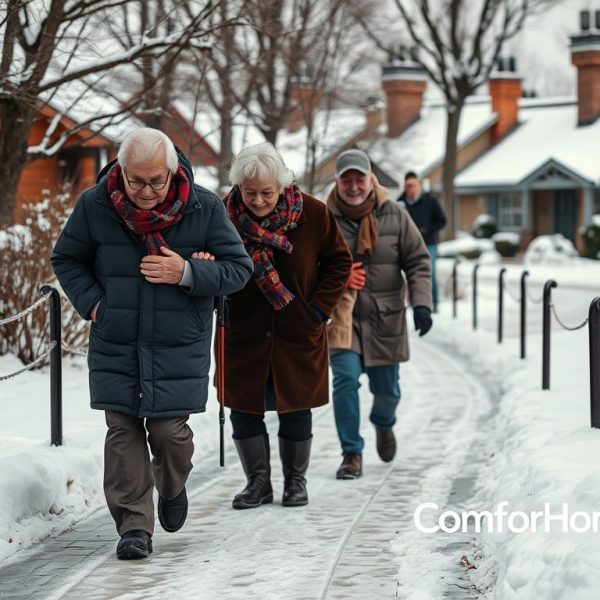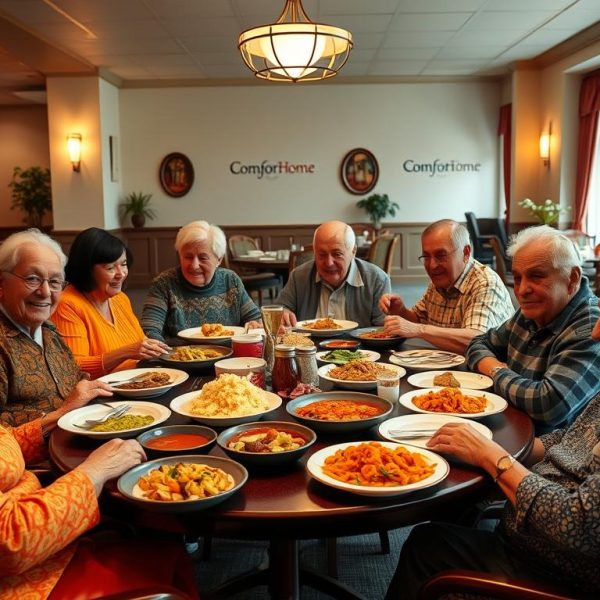Have you ever thought about the true essence of aging? Beyond the wrinkles and grey hairs lies a wealth of wisdom and experience waiting to be shared. In a society that often overlooks the beauty of growing older, how can we break the stigma surrounding aging and embrace the vitality that comes with it? For older adults, social interaction isn’t just a luxury – it’s a necessity. The hearty laughter of shared memories, the comforting presence of companionship, and the simple joy of connection all play crucial roles in promoting mental well-being and overall happiness.
Understanding the Impact of Social Interaction
Social well-being has a profound impact on the well-being of older adults. It offers numerous benefits, including:
Enhanced Mental Health
Regular social interaction reduces the risk of depression and anxiety among older adults. It provides a sense of purpose and belonging, boosting self-esteem and overall happiness. Picture Sarah, an 82-year-old widow, who felt her world shrink after her husband passed away. Joining a local knitting group transformed her life. The camaraderie and shared passion for knitting not only filled her days with joy but also lifted her spirits immensely.
Reduced Loneliness
Social interaction mitigates feelings of isolation and loneliness, leading to improved emotional well-being. Imagine James, a retired teacher who moved to a new city to be closer to his children. Initially, he felt lost and lonely in the unfamiliar surroundings. However, volunteering at a community library introduced him to new friends and a renewed sense of purpose. His weekly interactions with library visitors and fellow volunteers became the highlight of his week.
Improved Cognitive Function
Engaging in stimulating conversations and activities helps maintain cognitive abilities and reduces the risk of cognitive decline. Think about Maria, an avid chess player who continues to challenge herself with new opponents at her local senior center. These mental exercises keep her sharp and engaged, proving that age is just a number when it comes to cognitive vitality.
Increased Emotional Support
Social connections provide a valuable support system, helping older adults manage stress and cope with life’s challenges. Consider Bill and Alice, a couple married for over 50 years. After Alice was diagnosed with Alzheimer’s, their circle of friends became their lifeline. Regular visits and shared activities with their support group provided them with emotional strength and practical advice to navigate their new reality.
Breaking Ageist Stereotypes
Ageist stereotypes often hinder older adults’ ability to engage fully in social well-being. By challenging these stereotypes and promoting age-inclusive communities, we can create environments where seniors feel valued and empowered.
Embracing Age-Inclusive Communities
Age-inclusive communities are those where people of all ages feel valued and included. These communities recognize the unique contributions of older adults and promote activities that bring different generations together. For instance, intergenerational programs where young people and older adults collaborate on projects can foster mutual respect and understanding. These programs not only break down stereotypes but also create a sense of belonging for all participants.
Celebrating Lifelong Learning
Lifelong learning is a powerful tool in combating ageist stereotypes. Encouraging older adults to pursue new skills and hobbies fosters a culture of growth and curiosity. Community centers and educational institutions can offer courses tailored to older learners, ranging from technology workshops to creative arts classes. By promoting continuous learning, we celebrate the intellectual and creative capabilities of older adults.
Promoting Well-Being Through Social Interaction
Encouraging social interaction among older adults is key to promoting their well-being. Community-based programs, senior centers, and intergenerational activities are effective ways to foster social connections and combat loneliness.
Community-Based Programs
Community-based programs tailored for older adults provide opportunities for engagement and connection. For example, a local gardening club can offer older adults the chance to work together on community gardens, sharing their horticultural knowledge and reaping the benefits of physical activity and fresh air. These programs create a sense of community and shared purpose, enhancing overall well-being.
Senior Centers
Senior centers serve as hubs for social interaction and activities. They offer a variety of programs, from fitness classes to arts and crafts, designed to meet the diverse interests of older adults. Regular attendance at senior centers allows older adults to form lasting friendships and participate in meaningful activities. Imagine a typical day at a senior center where groups of friends gather for yoga classes, painting workshops, and lively card games, all contributing to a vibrant and supportive community.
Intergenerational Activities
Intergenerational activities bring different age groups together, fostering mutual understanding and respect. These activities can include mentorship programs where older adults share their expertise with younger generations, or cultural exchange events where stories and traditions are passed down. For example, a local school might organize a “Grandparents’ Day” where older adults are invited to share their life experiences with students. These interactions not only enrich the lives of older adults but also provide young people with valuable insights and role models.
Embracing the Vibrancy of Aging
It’s time to celebrate the vibrancy of aging and recognize the invaluable contributions of older adults to our communities. By embracing social interaction and breaking ageist stereotypes, we create a more inclusive and compassionate society for people of all ages.
Recognizing Contributions
Recognizing the contributions of older adults involves celebrating their achievements and honoring their wisdom. This can be done through community awards, storytelling events, and public recognition of their volunteer efforts. For instance, a town might host an annual “Seniors’ Day” to highlight the accomplishments of its older residents and showcase their talents and stories.
Encouraging Participation
Encouraging participation means creating opportunities for older adults to engage in community life actively. This includes making public spaces accessible, offering transportation services, and providing information about available activities. Community leaders can play a crucial role in promoting inclusive policies that ensure older adults can participate fully in social, cultural, and recreational activities.
Conclusion: A Call to Action
Join us in championing the importance of social interaction for older adults and promoting a culture of respect and inclusivity. Let’s celebrate the wisdom and resilience that come with each passing year and create a world where aging is embraced with dignity and joy. Through shared stories, mutual support, and compassionate communities, we can ensure that the journey of aging is filled with connection, purpose, and fulfillment. Together, we can break the stigma surrounding aging and honor the vibrant lives of older adults, recognizing that their contributions make our world a richer and more beautiful place.








